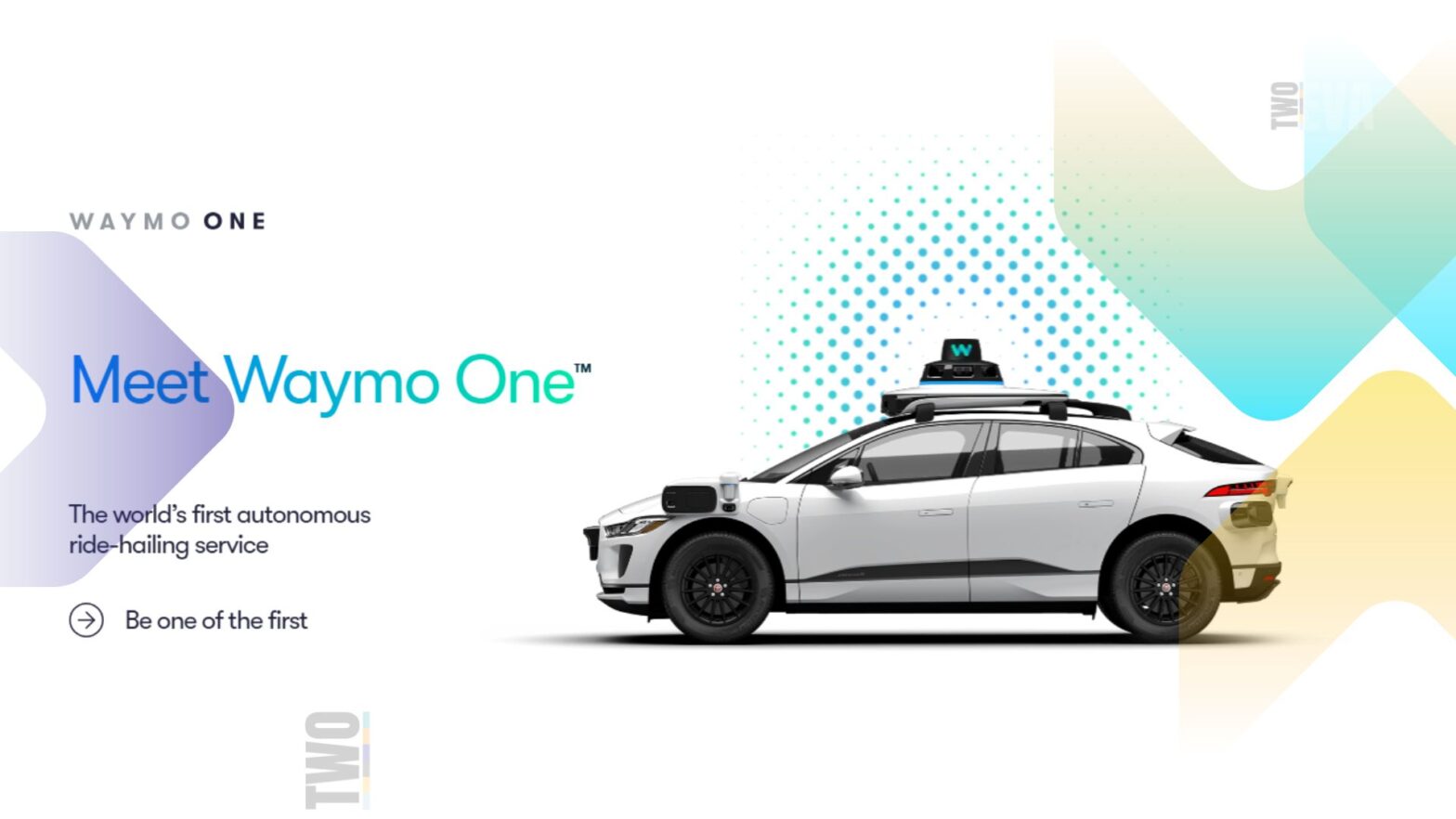Waymo, the Alphabet-owned autonomous vehicle company, has publicly stated it has ‘no plans’ to use data from its robotaxis’ interior cameras for targeted advertising. This comes after researcher Jane Manchun Wong uncovered a draft privacy policy suggesting the company might explore such data for generative AI training and personalized ads. Waymo’s spokesperson, Julia Ilina, clarified that the language in the draft was placeholder text and not indicative of finalized plans.
The company insists its current use of interior camera data is limited to safety and operational purposes—like locating lost items or ensuring vehicle cleanliness. But given the broader industry trend of monetizing user data, particularly in AI-driven sectors, skepticism remains. If Waymo isn’t planning to monetize rider data now, what’s stopping them from changing course later?
The Backstory: How the Controversy Started
The uproar began when Jane Manchun Wong, a well-known tech researcher, stumbled upon sections of an unreleased Waymo privacy policy. The draft hinted at potential future uses of rider data, including generative AI training and ad personalization. Given Waymo’s financial pressures—Alphabet has poured $5 billion into the venture in 2024 alone, with external investors adding another $5.6 billion—speculation about alternative revenue streams was inevitable.

Despite operating over 200,000 paid rides weekly in cities like San Francisco and Phoenix, Waymo remains unprofitable. Competitors like Uber and Lyft have long relied on data-driven monetization strategies. So, why wouldn’t Waymo follow suit? The company’s reassurances may calm nerves for now, but the broader question lingers: How much trust should riders place in corporate promises?
The Bigger Picture: Data Monetization in Autonomous Vehicles
Waymo isn’t the only player navigating the murky waters of data privacy in autonomous vehicles. As AI and machine learning become central to transportation tech, companies are under pressure to justify massive investments. Data is the new oil, and every interaction inside a robotaxi is a potential goldmine.
| Data Type | Current Use Case | Potential Future Use |
|---|---|---|
| Interior Camera Footage | Safety, lost item recovery, cleanliness | Ad targeting, AI training |
| Ride Patterns | Route optimization | Dynamic pricing, partnerships |
While Waymo has dismissed ad targeting as a non-starter, the line between operational necessity and monetization is thin. If safety data can be repurposed for profit, what’s to stop companies from crossing it?
What’s Next for Waymo and Rider Privacy?
Waymo’s opt-out options for data collection are a step toward transparency, but they don’t fully address the underlying skepticism. The company’s reliance on vague reassurances—’no plans’ doesn’t mean ‘never’—leaves room for doubt.
Industry experts warn that without stricter regulations, autonomous vehicle operators could follow the same path as social media giants, where user data became a commodity. ‘The temptation to monetize is always there,’ says one analyst who preferred to remain anonymous. ‘Once the infrastructure exists, the justification follows.’
For now, Waymo’s riders can take comfort in the company’s denials. But in a world where privacy policies change as often as software updates, how long will that comfort last?
















